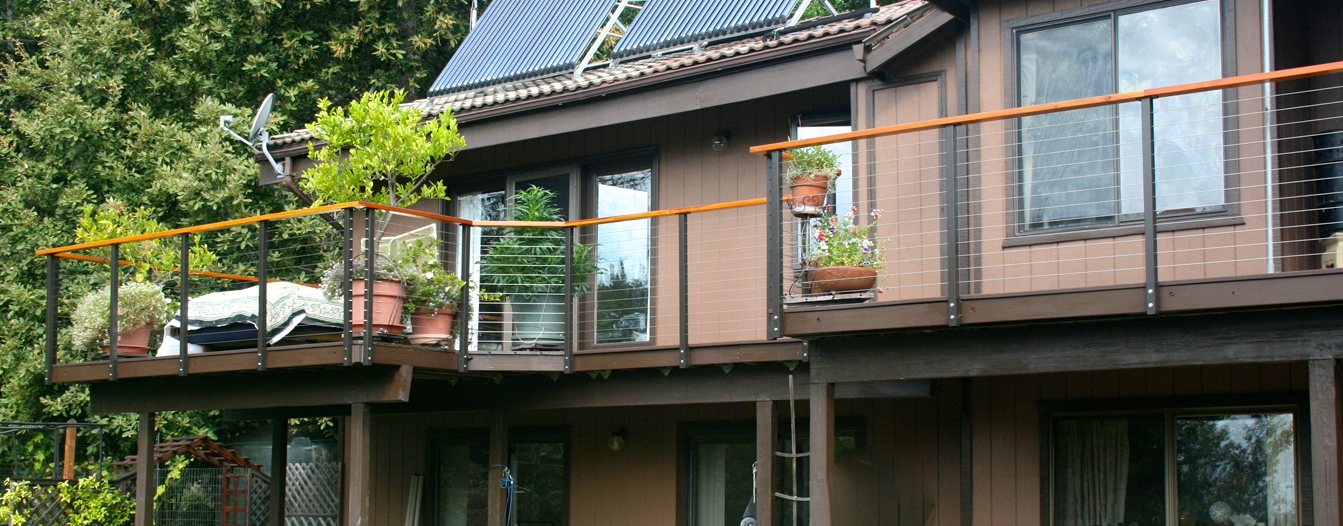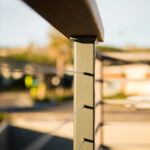California is home to a TON of decks. A short drive up the coast and a scan of the bluffs make it easy to see that almost every home has a deck or patio of some sort. With good reason; decks expand outdoor living opportunities and enjoyment. They preserve amazing views while we dine outdoors. While these cantilevered hillside platforms are enjoyable, care must be taken to maintain and inspect them periodically. Knowing the age and condition of your deck is important for safe use and enjoyment for many years.

Structural Considerations and Deck Safety
Structural framing is the main thing to consider for residential deck inspections. Most deck builders recommend annual or bi-annual inspections for older decks (10 + years). Posts, beams and joists must be inspected for dry rot or termite damage. Decking should be examined for soft spots or bad connections. Footings can be inspected for settling or cracking. The North American Deck and Railing Association compiled this deck evaluation checklist. The checklist can be a helpful resource for pros and homeowners alike. It has been estimated that almost half of the decks in North America are past their useful lifespan.
NADRA’s checklist covers many items including stairs, railings, and flashing to name a few.
Lifespan of the Average Deck
Any veteran carpenter will tell you that wood is not what it once was. Gone are the days of old growth timber with tight grain patterns. Todays lumber is taken from much younger trees with wider grain and a shorter lifespan. In addition, the moisture content is very high in much of the framing lumber and treated timber sold today. For these reasons, deck builders and homeowners alike should be diligent with deck maintenance and inspections. Wet lumber can result in more cracking due to drying out too fast, and nail pops due to shrinkage. Depending on the materials selected and UV/moisture exposure, an average wooden deck lasts 10-20 years. Composite decks, dry decks, and exotic hardwood decks can last up to 30 years and longer.

The most common factors affecting the lifespan of your deck include the following:
– Dry Rot
-Moisture Intrusion
-Termites and Other Pests
Airflow is very important to the lifespan of your deck. Elevated decks that get plenty of ventilation can last a very long time. Performing regular maintenance will increase deck safety and longevity; get your deck inspected on a regular basis as it gets older. Choosing high quality materials like San Diego Cable Railings can also extend the life of your deck while adding safe barriers for all to enjoy.

The Best Railings for Deck Safety
Stainless steel cable railings are some of the strongest most durable railing systems available for your deck. The breaking strength of one strand of 1/8″ cable can exceed 1800 lbs. Combined with durable stainless steel posts and rails, or even a hardwood hybrid combo; cable railings can last 30-50 years. Cable railing systems are code compliant and aesthetically pleasing; a top choice for the ultimate in deck safety.




